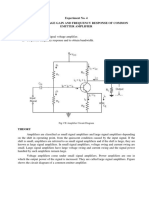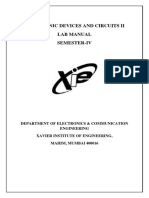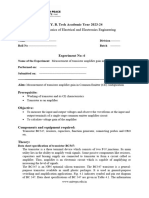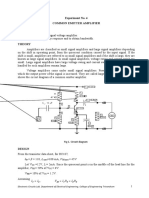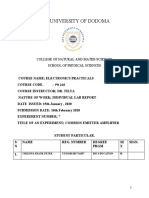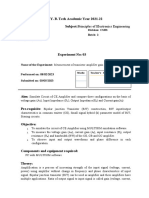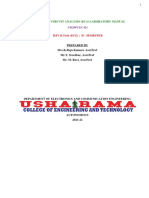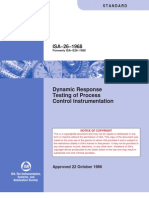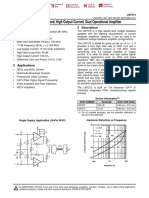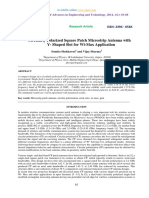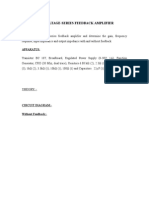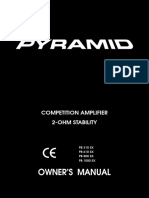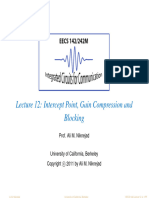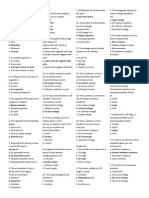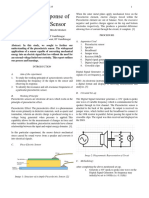0% found this document useful (0 votes)
59 views5 pagesExperiment 1 - Report
The document outlines an experiment on the Common Emitter BJT Amplifier, detailing objectives such as circuit design, current and voltage measurements, and frequency response analysis. It includes hardware requirements, theoretical explanations of circuit components, and procedures for measuring DC voltages and transient signals. Results indicate a voltage gain of 43.37 dB, a lower cut-off frequency of 277 Hz, and a bandwidth of 57.7 MHz.
Uploaded by
deepakonangi09Copyright
© © All Rights Reserved
We take content rights seriously. If you suspect this is your content, claim it here.
Available Formats
Download as PDF, TXT or read online on Scribd
0% found this document useful (0 votes)
59 views5 pagesExperiment 1 - Report
The document outlines an experiment on the Common Emitter BJT Amplifier, detailing objectives such as circuit design, current and voltage measurements, and frequency response analysis. It includes hardware requirements, theoretical explanations of circuit components, and procedures for measuring DC voltages and transient signals. Results indicate a voltage gain of 43.37 dB, a lower cut-off frequency of 277 Hz, and a bandwidth of 57.7 MHz.
Uploaded by
deepakonangi09Copyright
© © All Rights Reserved
We take content rights seriously. If you suspect this is your content, claim it here.
Available Formats
Download as PDF, TXT or read online on Scribd
/ 5
